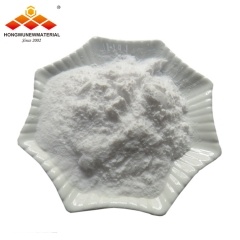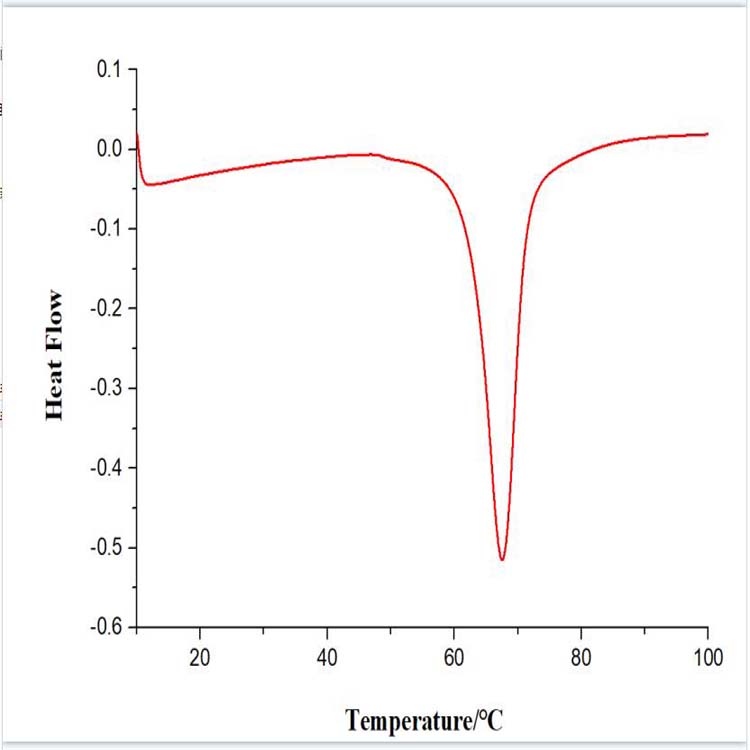A group of researchers at Rice University of the United States made use of striking carbon nanotubes(CNTs) and other microstructural at a high speed to prepare the nano diamond.
Microstructure determines the strength of materials,of which carbon nanotubes is one of the best. A group of researchers at Rice University in the United States has been working to explore new ways of using nanotube structures, culminating in a new approach of "collision".
Recently, the method of striking carbon nanotubes and other microstructure at a high speed helped scientists prepare nano diamond. Researchers used light gas guns to push microstructures to strike aluminum substrates at very high speed, some of which could destroy the chemical bonds between the atoms of the nanotubes and generated special atomic structures.
The microstructure generated by the impact attracted the scientists a lot. They hoped that they could prepare a better elastic lightweight materials for spacecraft and satellites on this basis . "Satellite and spacecraft are facing the devastating effects of various projectiles, such as tiny meteorites and orbital debris. To prevent this devastating damage,we need lightweight elastomeric materials with excellent mechanical properties. And carbon nanotubes is an ideal solution." A graduate student from Rice University said at a news conference.
The researchers tested how the nanotubes withstood collisions at different speeds. Most nanotubes did not change at low speeds (about 2.4 miles per second); most nanotubes remained constant at moderate speeds (about 3.2 miles per second); when impact rates as high as about 4.3miles per second, only a few nanotubes were unaffected; at the highest impact speed, most of the nanotubes split into nanobelts and recombined into new microstructures.
A postdoctoral researcher at Rice University, said, "Our previous reports have shown that carbon nanotubes was attacked at high speeds to form graphene nanobelts. We wanted to get carbon nanostructures, and we did not expect to see nanodiamonds, which surprised us."
by corrine


 English
English français
français Deutsch
Deutsch русский
русский italiano
italiano español
español português
português 日本語
日本語 한국의
한국의 Türkçe
Türkçe


















 8620-87226359,8620-87748917
8620-87226359,8620-87748917

